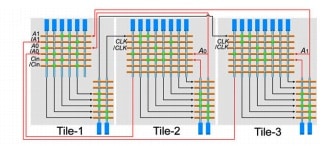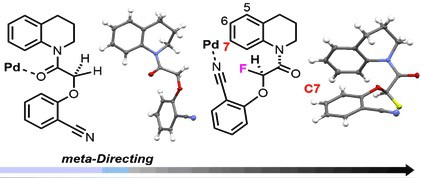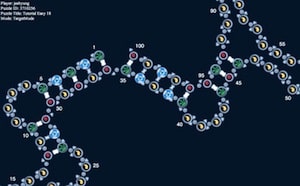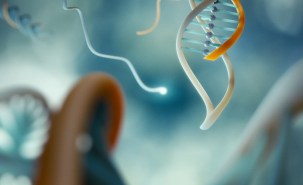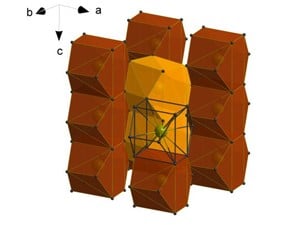A possible top-down path to atomically precise manufacturing that passes through microscale machinery might be rendered easier because of recent progress in suppressing the Casimir force, which contributes to the ‘stiction’ problem often encountered with microelectromechanical systems.
Physicists suppress ‘stiction’ force that bedevils microscale machinery

